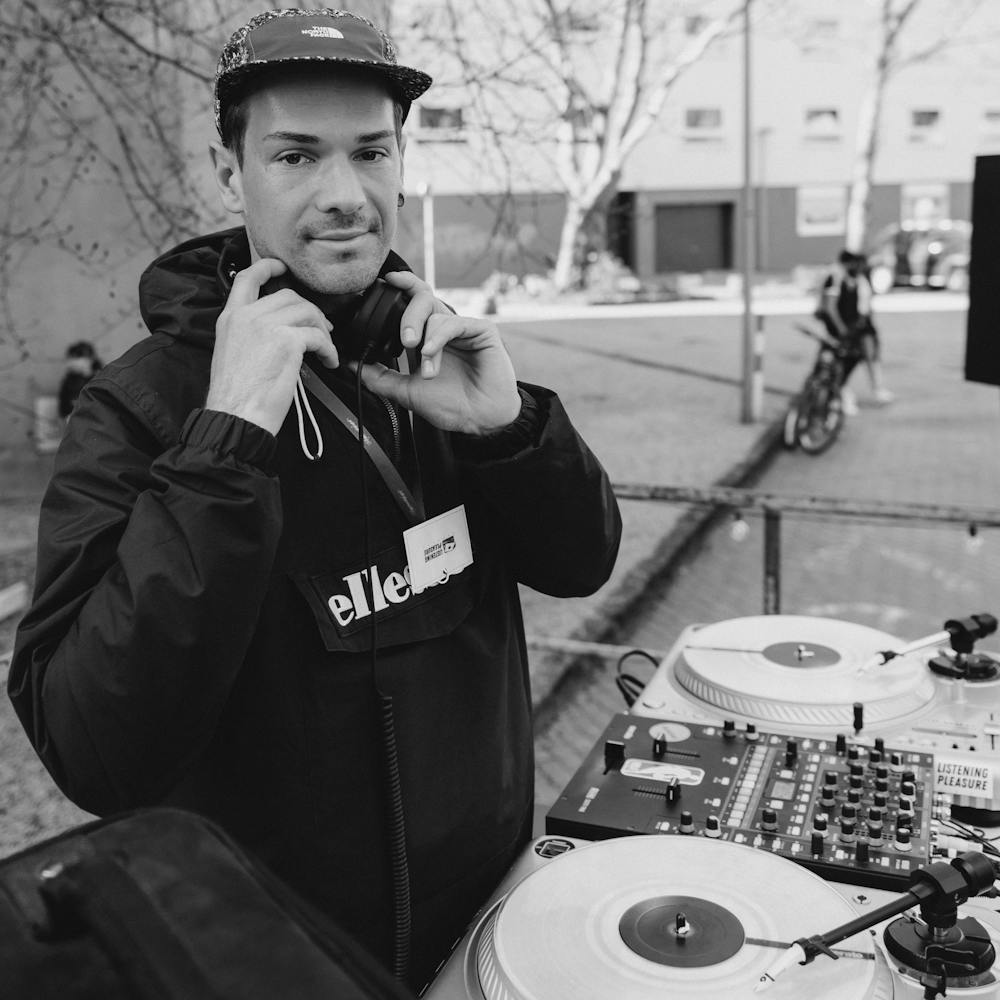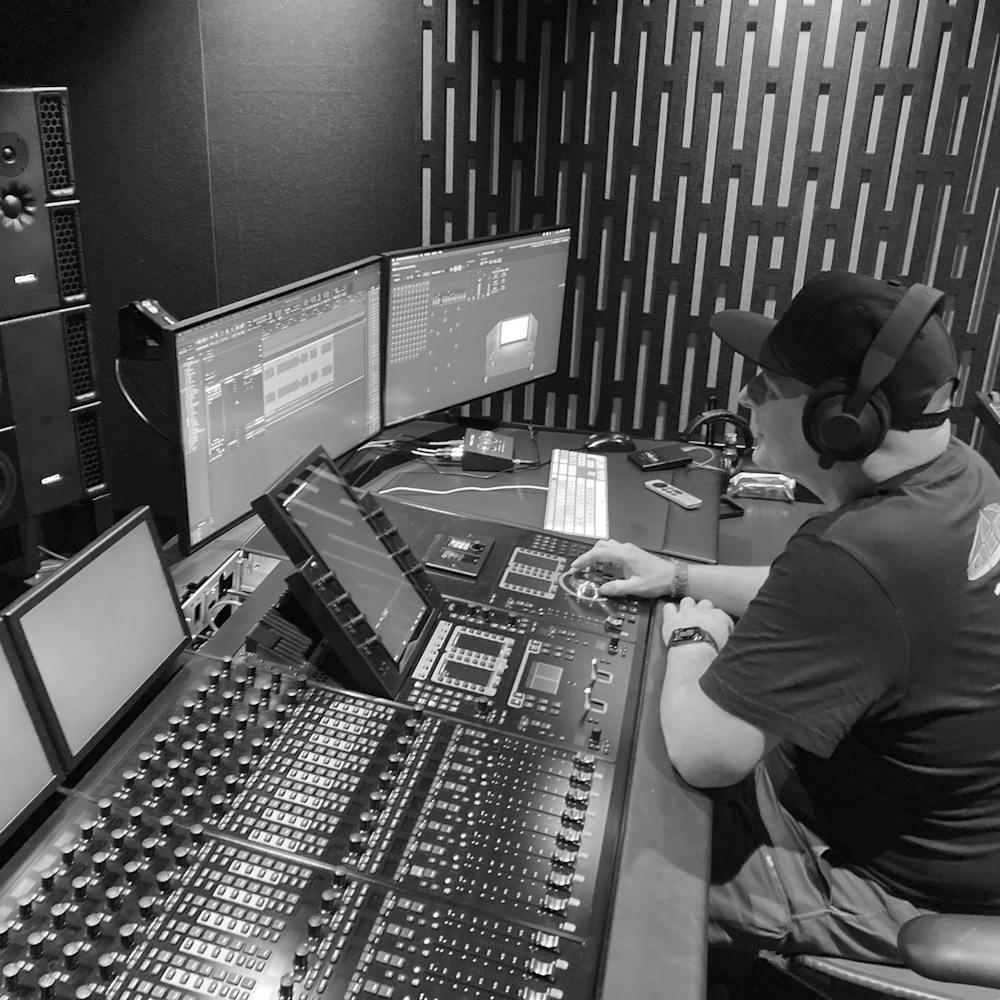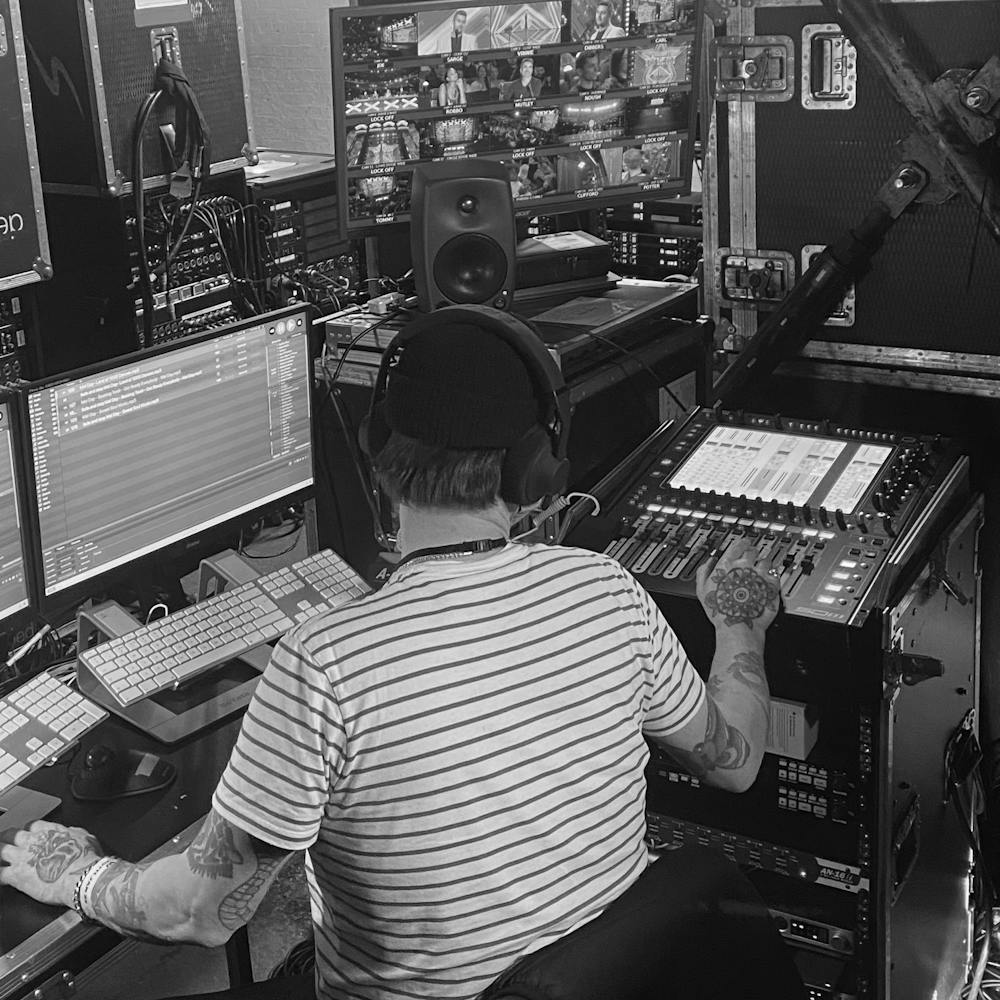Wireless+ beyond the studio
The TMA-2 Studio Wireless+ is all about versatility and flexibility to free your creative process. We are thrilled to see how quickly various types of creators are finding ways of which being wireless is changing the game for them.

DJ FKI, Turntablist.
Can you tell us a bit about what you do?
I‘m a German Hip Hop, Turntablist, and Club DJ. What I do most is play live, make beats, and record scratch/DJ mixes.
What does a typical day of work look like for you?
A typical day of work is waking up early in the morning, take a shower, have breakfast, going out with the dog, and then it's time for practicing routines, checking new music, and preparing my upcoming sets. After that, it depends on what to do in the studio. Mostly recording scratches or DJ mixes.
What role do the headphones play in your workflow?
They are essential. I use the Wireless+ headphones all day including going out with the dog. I use them for DJing, recording, and mixing.
How has the introduction of Wireless+ changed the way you work?
For me personally, everything is easier now than before. The best thing is moving around in the studio with a permanently high-quality sound. That’s super nice. The headphones are also very comfortable to wear. I played a 6-hour set and that finally convinced me.
As our headphones are modular, have you made any customizations?
Yes, I‘m adding the S02 Speaker Units and the E02 Earpads. It‘s better for djing and using in fashion. But for recording and mixing in the studio I’m using the S-05 Speaker Units and the E-08 Earpads.

James Hockley, Dolby Atmos Mixing Engineer.
Can you tell us a bit about what you do?
I am a writer and producer, and what you used to call a programmer (not sure if thats a thing anymore). I get to spend my days coming up with musical ideas and then producing them into full tracks. I am a bit of a hardware head, So I will come up with ideas in Logic and then re-program them using my hardware synths, sequencers and drum machines, record the audio back in and depending on the type of project, use Logic, Pro Tools or Ableton to shape the overall sound. I have also been very fortunate to have been trained in the art of Dolby Atmos Mixing by the talented guys at Dolby in London. And also been very lucky to have been able to use these skills on the tracks I have done with William Orbit, and on his upcoming album.
What does a typical day of work look like for you?
Start at about 9am, do some emails, make some phone calls and then get stuck into whatever music project I am working on. Sometimes I like to pull a night session, if there is something I really need to concentrate on, I find there are less distractions and some sort of magic happens in the early hours with the creative part of the brain!
What role do the headphones play in your workflow?
A big part, especially with Mixing Atmos. I use them to check the binaural mixes so they have to be good at imaging where the sounds are in the room. Also, on night sessions I will use Headphones a lot, especially with the Speaker emulation and Bluetooth head trackers from people like Waves. Using this Tech with the TMA-2 Wireless+ headphones has really been a big thing for me.
How has the introduction of Wireless+ changed the way you work?
These headphones are AWESOME! The binaural imaging on them is incredible for Dolby Atmos. The freedom of no wires and low latency is great. If I am working at night and I have my headphones on, I can now walk across the studio and play my synths without worrying that the headphones are going to be ripped off my head!
As our headphones are modular, have you made any customizations?
I haven’t made any customisations as these TMA-2s are a perfect fit for my ears, Studio headphones have to be comfortable! I like the idea that you can have different ear pads, so you can have the same headphones be on ear and over ear, for different situations. Having modular parts means you can customise them to your ears too and get the perfect fit.

David Seward, TV Engineer.
Can you tell us a bit about what you do?
I am a sound engineer working mainly in live events and TV. My main two main roles are monitor engineer and playback op. I also tech stage for some big events including the Glastonbury Pyramid stage.
What does a typical day of work look like for you?
A normal day in BGT Auditions starts around 9am when I start to build my QLab sessions for the two as live recordings. I am ingesting at least 40 tracks, testing and checking all while stage and tech checks are happening above me on the stage. By around 2pm we are ready to kick off the first of our 3-4 hour shows.
What role do the headphones play in your workflow?
Using a Digico sd11 mixing desk I generate a mix of show, Comms and a solo buss. Mixing on headphones rather than speakers gives me greater isolation from the room when monitoring tracks as they play out.
How has the introduction of Wireless+ changed the way you work?
Part of my role is to take care of racks and splits substage. Wireless+ enables me to get up, move around and leave my mix position to fault find without losing touch with the show.
Posted on May 1, 2023 in Products